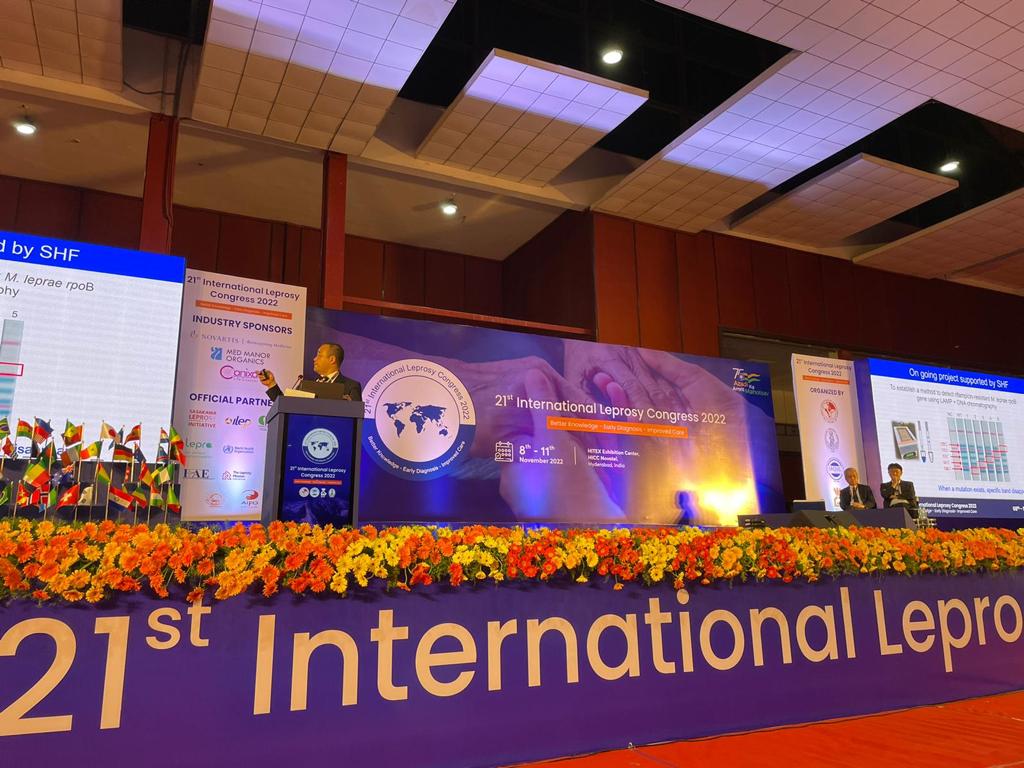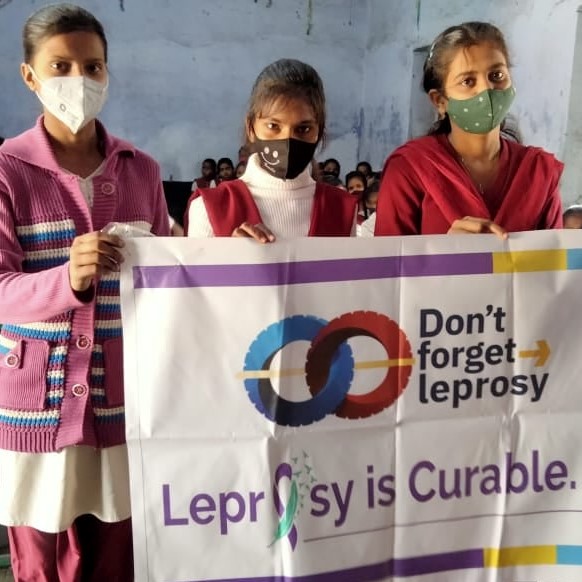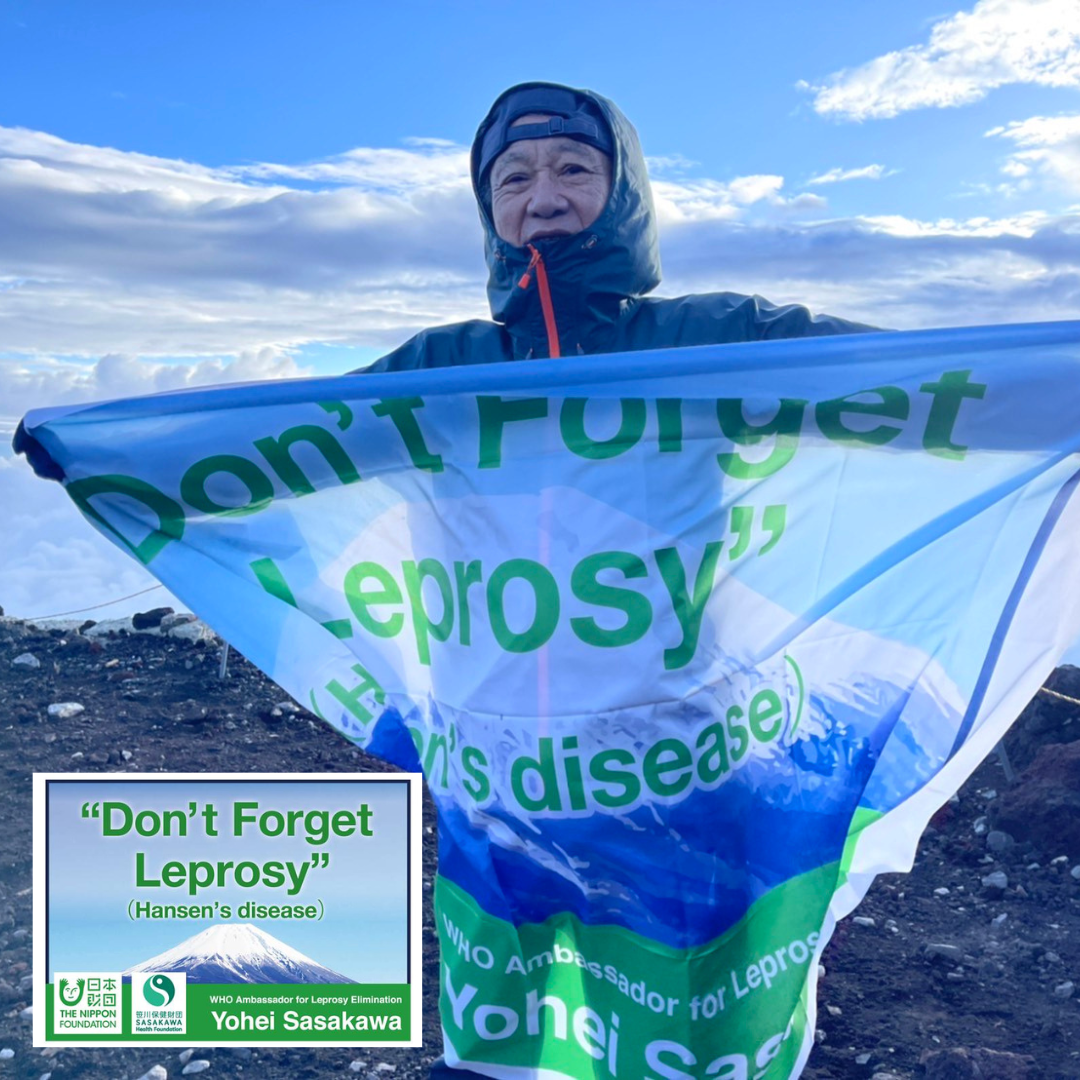As a tool to achieve the goal of zero leprosy, post-exposure prophylaxis in the form of a single dose of rifampicin (SDR-PEP) given to contacts of leprosy patients has a major role to play. However, due to the existence of rifampicin-resistant M. leprae throughout the world, applying SDR-PEP to persons with drug-resistant strains of the leprosy bacillus is not only ineffective; it also results in active selection of resistant strains.
Since polymerase chain reaction (PCR) and DNA sequencing are difficult to perform in most endemic countries because of the costs involved, lack of expertise, and other factors, Dr. Kei Mikita of the Department of Infectious Diseases at Keio University and Professor Koichi Suzuki of the Department of Clinical Laboratory Science at Teikyo University, both in Tokyo, have developed a simple and cost-effective diagnostic method for rifampicin-resistant M. leprae using loop-mediated isothermal amplification (LAMP). The research is being funded by Sasakawa Health Foundation.
Their LAMP-based diagnostic method has been able to confirm the presence of known mutations causing rifampicin resistance. The COVID-19 pandemic has delayed testing of the diagnostic method in endemic countries, but research to date shows it can be an accurate tool for the detection of rifampicin resistant strains of M. leprae in contacts to be given SDR-PEP.
Based on the LAMP-based diagnostic method, Dr. Mikita and Professor Suzuki are now developing an even simpler, more field-friendly method that will be able to detect all known drug-resistant leprosy strains. They expect that development of the underlying technology will be completed in 2023.










